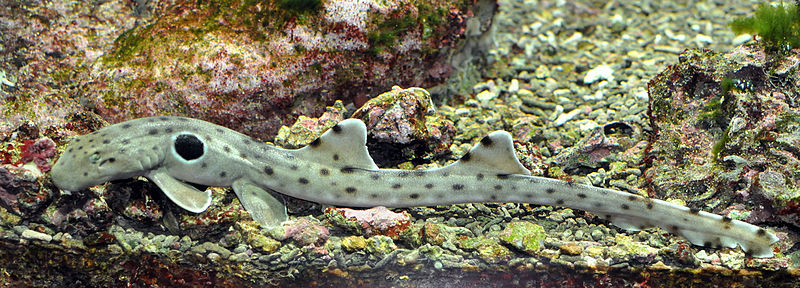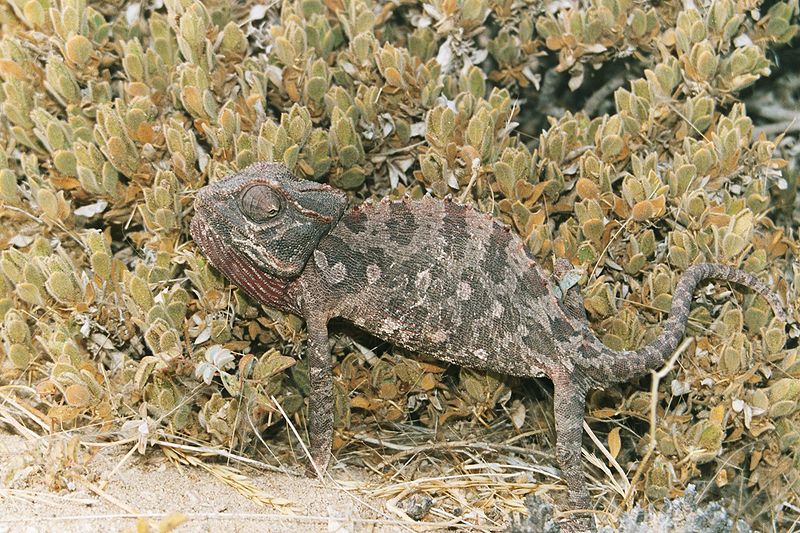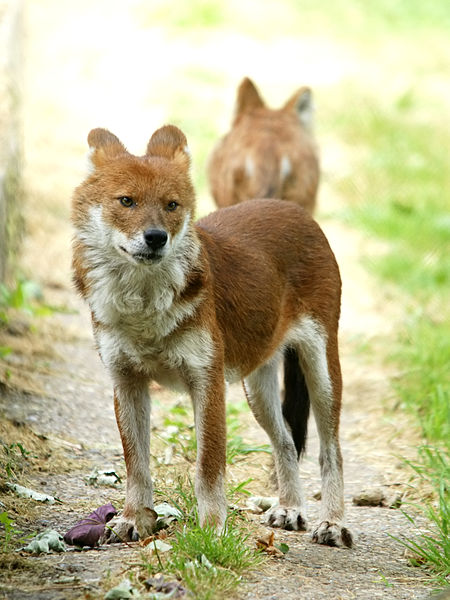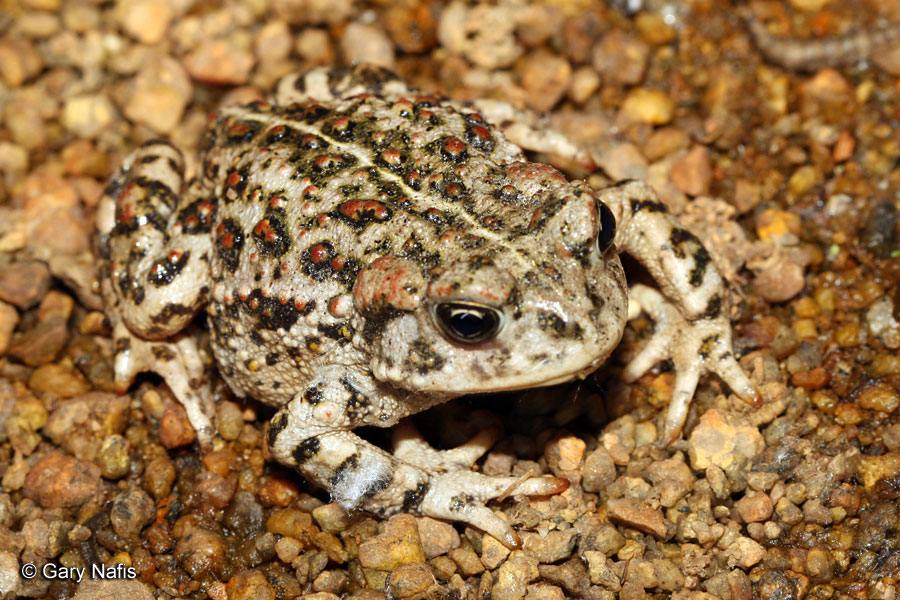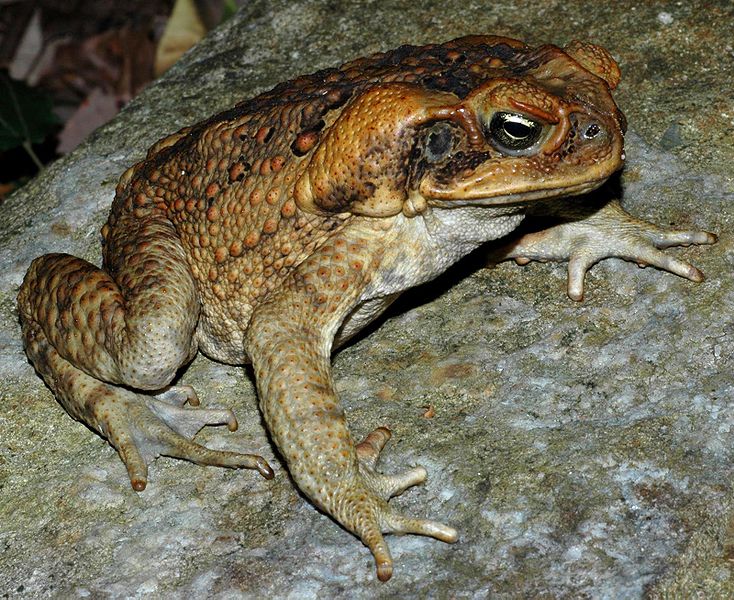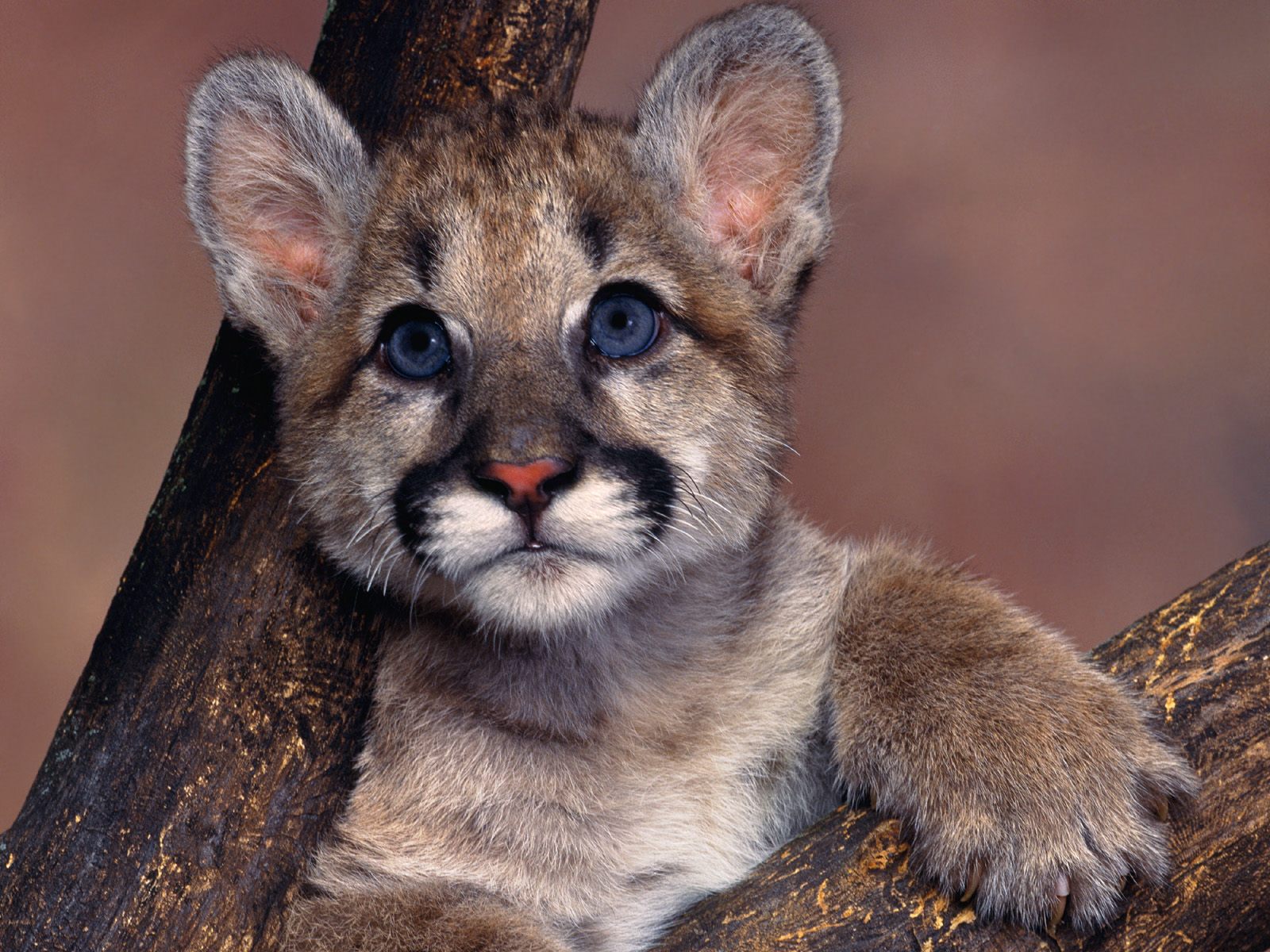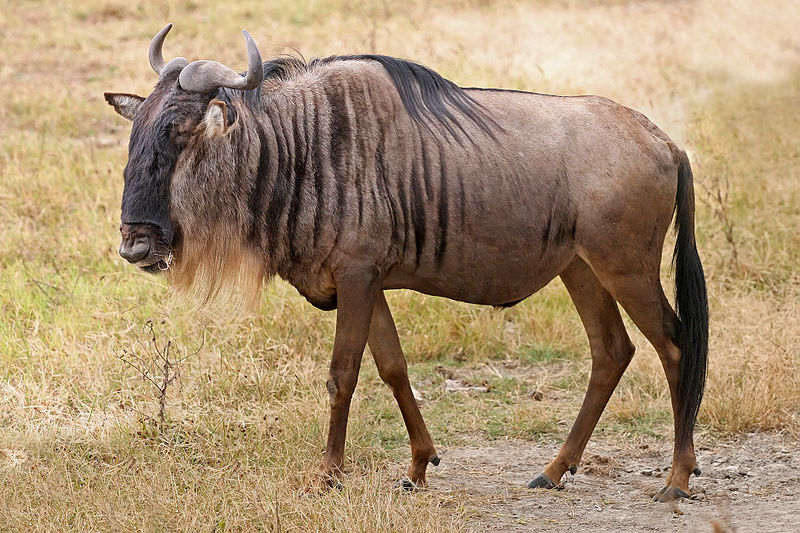
Before you read today’s post, I want you to go over to your closet and pull out your old safari hat. What do you mean you don’t have a safari hat? I guess you can just use a baseball cap if you need to. Anyway, we are heading to the plains of Africa today (which is why I wanted to make sure you had your hat) to see if we can catch up with the Wildebeest. If you were wondering this name came about as “Wild Beast” due to their big head, shaggy mane and curved horns which do sort of give them a scary look.
Although the Wildebeest may have a bull-like appearance but they are actually part of the antelope family. Surprisingly, even though these animals look mean and beast-like they actually end up being prey more often than not. I guess the real bullies of the African savanna such as the lions, cheetahs and hyenas are not afraid of the “wild” appearance of the Wildebeest. Typically, the Wildebeest will grow to an average height of 1.5 m (4.5′) but they are still pretty much defenseless against their predators. What is the purpose of being tall and menacing if it doesn’t protect you against the rest of the animals out there?

If you have ever watched the Discovery Channel or one of those fancy Earth movies then you may be familiar with one of the most amazing sights of the world. Of course, I am talking about the Wildebeest migration. Typically around May or June these animals will migrate north in search of greener pastures. I guess in this particular case the grass actually is greener on the other side. Incredibly, as many as 1.5 million Wildebeest’s will come together for the trek north. Could you imagine watching that many wild beasts all moving together. Ladies and gentlemen, observing the Wildebeest migration has just made it onto my bucket list. Anyone want to join me?
Wildebeest Fast Fact – Within minutes of being born, the Wildebeest calf is able to walk. In a few days they will actually be able to keep up with the rest of the herd. I am guessing they need to learn how walk quickly in order to at least try and defend themselves against the predators of Africa.
I hope you all enjoyed our Wildebeest Wild Fact today. See all of you tomorrow for the last fact of the week.

